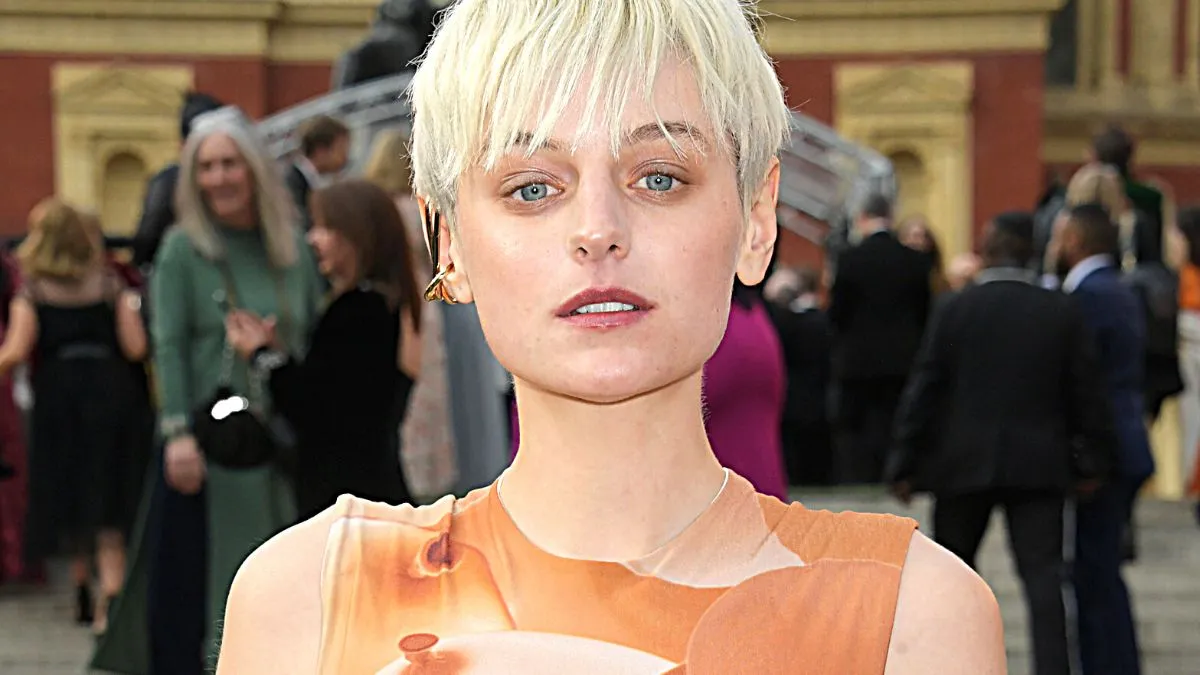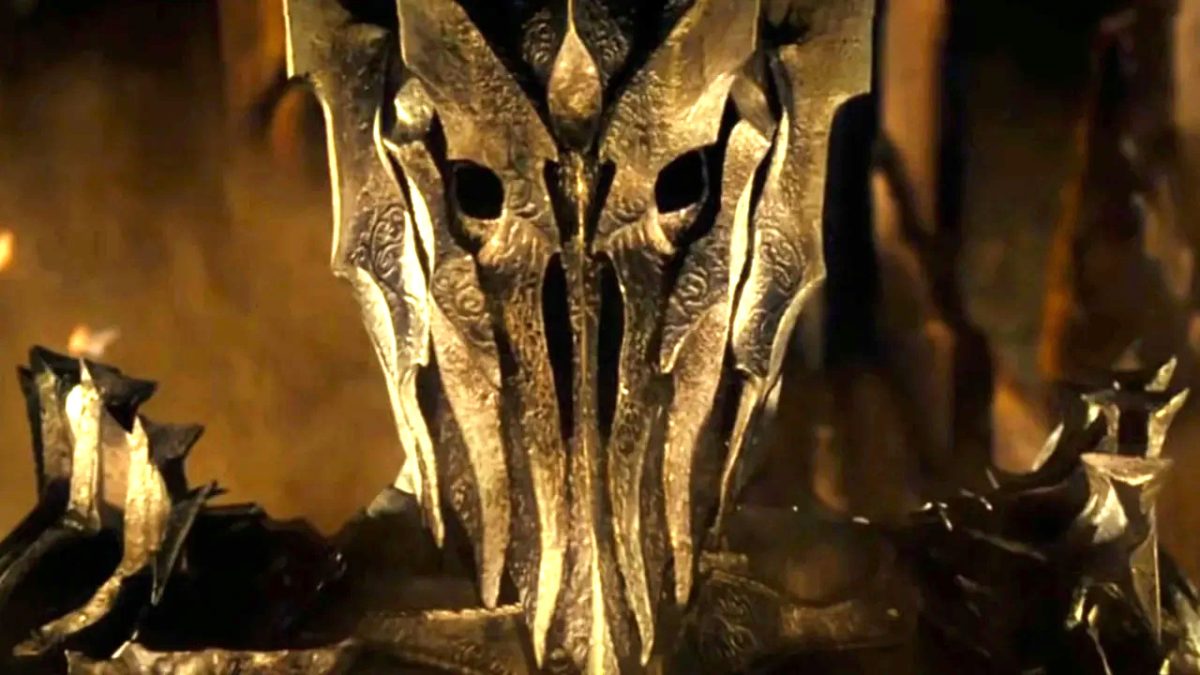Part Four: The Fire Rises
Stylistic Innovations in The Dark Knight Rises

I now return to my original point: The Dark Knight Rises is a big movie.
It is such a massive, impressive production that special attention must be given to the stylistic innovations Nolan and company have made, both over the course of the trilogy, and within this third film itself.
The Dark Knight Rises is, as I said before, one of the few true epics Hollywood has produced in the modern era. We may call productions like Transformers, Avatar, or even The Avengers (which I like considerably more than those other films) ‘epic,’ but it is largely a misappropriation of that word, for filling a movie to the brim with colorful CGI, no matter how well done, does not count as ‘epic.’
An epic must have a scope spanning vast narrative, emotional, thematic, and visual canvases; an epic must feature a broad ensemble of complex, multi-dimensional characters; and an epic must innovate, pushing the cinematic medium further than it has gone before. An epic is, simply put, an extraordinary feat most modern moviegoers are unaccustomed to. In my opinion, The Lord of the Rings trilogy is the last true epic Hollywood – or any industry, for the matter – has produced.
Until now, at least, for I believe The Dark Knight Rises is a truly epic feat of filmmaking. We have already discussed the emotional, thematic, and character material Nolan tackles, but it’s through the film’s incredible stylistic achievements that Rises cements itself as the first epic of the new decade.
Nolan shot the film using as many practical effects as possible, employing CGI only when there was no other possible way to execute the shot, and unprecedented numbers of extras were employed to give the biggest scenes a proper scale. Most notably, 11,000 extras filled the stands in the Football sequence, which was filmed entirely on location; Bane’s raid of the Gotham Stock Exchange was indeed shot on Wall Street in New York; and countless numbers of stuntmen, actors, and extras filled the streets of Pittsburgh for the climactic battle between Bane’s forces and Gotham’s police, with Christian Bale and Tom Hardy duking it out in the center of the mayhem while Christopher Nolan and DP Wally Pfister captured it all with sophisticated IMAX cameras. And that’s before you factor in the international shooting for the mesmerizing prologue sequence or the gargantuan staging of Batman’s big return to action in the first act.
The scale of this production is just staggering to consider, but reading about it in interviews and behind-the-scenes notes isn’t nearly as mind-blowing as actually watching the film, preferably projected in IMAX 70mm. There has simply never been anything like The Dark Knight Rises released to theatres before, and each of the scenes mentioned above is so powerful and inventive, each in different ways, that watching the film I was reminded, time and time again, of the awe-inspiring power film has to capture the imagination.
In particular, the final battle between Bane’s men and the Gotham PD, with Bane and Batman duking it out amidst the chaos, just blew me away. It’s such a massive set-piece, with every inch of the chaos, devastation, and gritty pain translating flawlessly to the audience, but it’s all captured clearly and coherently, staged to perfection and paced for maximum tension and excitement. With the possible exception of the Helm’s Deep battle in Two Towers, I’ve simply never seen movie action executed on this scale.
And the crazy part is that Nolan doesn’t stop there. Once Bane’s been taken down, Batman engages in an aerial chase across the city, a set-piece even larger and more sprawling than the one proceeding it. Endings simply don’t come any grander than this. It’s quite frankly amazing that Nolan, a director who was clearly awkward around action just seven years ago at the start of this series, has developed to the point where he can flawlessly realize some of the biggest cinematic feats ever attempted.
The key to the finale’s success – the key to much of the film’s visual power, actually – is the use of IMAX photography. One cannot possibly overstate the overwhelming impact IMAX has on this movie; it’s not just about showing the film on a really big screen. It’s about the resolution IMAX 70mm film affords. Nothing – not 35mm, 4K digital, Blu-Ray hi-def, regular 70mm film, etc. – looks as clear, detailed, and resonant as real 15/70 perforation IMAX stock. The image is even sharper and richer than what the human eye can perceive, and when blown up on one of the largest screens in the world, there is literally no other visual experience that can rival it.
Over one-third of The Dark Knight Rises was shot on 15/70 IMAX stock, though to me, it felt like at least half of the movie was presented in full IMAX. To see the spectacular clarity and power of IMAX used in service of such a massive-scale epic, especially in the film’s extended climax, does nothing less than restore the ‘wow’ factor to the art of film itself.
Words are useless in describing what the IMAX portions of Rises look like; the colors are impossibly rich, the contrast perfectly balanced, and the detail absolutely limitless. Buildings, roads, skies, and human faces take on new textures, tones, and shadings. The magnificent construction of the film’s sets – particularly the underground lair where Bane breaks Batman – become a treasure trove of visual detail, to the point where, in many sequences, I wanted nothing more than to freeze-frame and explore every inch of the image. And the gargantuan size allows us to immerse ourselves in the world of the film more completely than in any other format, to the point where several sequences become visually overwhelming.
The power of IMAX photography was no secret heading into The Dark Knight Rises; Nolan and Pfister pioneered the use of IMAX cameras in blockbuster productions with The Dark Knight, and Brad Bird advanced their work a step further in last year’s Mission Impossible: Ghost Protocol.
But The Dark Knight Rises is another massive, revolutionary step forward. It’s not just that over seventy minutes of the finished film are presented in IMAX. That certainly helps, but it’s the way they implement the technology that truly impresses. They still can’t shoot lengthily dialogue sequences with IMAX rigs – the cameras are just too loud, and would require too much ADR – but they’ve found ways to employ the format in several smaller, more intimate moments, like Bruce’s exploration of Wayne manor after Alfred leaves; there, the use of IMAX emphasizes the sheer, vast emptiness of the house, and of Bruce’s ensuing disorientation.
When Alfred describes his dream to Bruce – of travelling to a foreign locale, and finding Bruce sitting at an adjacent table with a family – the image shifts between Alfred’s dialogue, captured in 35mm at 2.35:1, and Alfred’s fantasy, captured in IMAX 70mm at 1.44:1. It’s jarring, but intentionally so. Alfred’s dream looks so clear, so bright and glorious and big, but the reality he and Bruce inhabit is dark and narrow, constricting and confusing. Here, the IMAX lensing creates dramatic contrast that is essential to our understanding of the scene.
Even in the big action sequences, Nolan and Pfister’s IMAX framing has come a long way from where it was just four years ago. Consider how they film the underground battle between Bane and Batman, using the vertical height of the frame to accentuate Bane’s staggering physical stature. When Bane breaks Batman’s back, the entire frame is used to recreate the iconic comic panel in its full glory. It’s something that could not be done in the far narrower 2.35:1 aspect ratio, nor is the resolution of 35mm high enough to capture the incredible levels of contrast needed to light that complex set.

I am especially amazed at how IMAX is used during Bane’s takeover of Gotham; the football stadium sequence is incredible in its own right, but it’s the aerial shots of an exploding Gotham that sent massive chills down my spine. It’s another moment where the full height of the frame is used, here to illustrate the size of Gotham. To watch those detonations go off on a full-scale image of a recognizable American city is profoundly, deeply unsettling, and helps underline how seriously this story is meant to be taken.
These are only examples; every time IMAX is employed, it is done with purpose, and the framing and execution of each shot is more assured, enveloping, and immersive than ever before. It would still be ideal, in some moments, if the framing and resolution didn’t have to shift – particularly when Bane and Batman’s final battle transitions to 35mm for the Miranda Tate revelation – but that’s just where the technology is at the moment, and one cannot begrudge Nolan and Pfister for failing to overcome the impossible, especially when so many of their accomplishments would have seemed positively foolhardy just a few months ago.
One cannot survey the technical power of The Dark Knight Rises without mentioning composer Hans Zimmer’s stirring contributions. I do not believe this score quite matches the highs of his previous Dark Knight work with James Newton-Howard, but it’s the perfect music for this particular story. Huge, sweeping, chaotic, and at times downright apocalyptic, Zimmer’s work terrifies and uplifts in equal measure.
Bane’s theme – which prominently features a mysterious chant crowd-sourced from online participants – is terrifying, a relentless musical assault that serves as a perfect complement to Tom Hardy’s forceful performance. Zimmer develops the theme along the same lines that Nolan progresses the story: It gets increasingly frantic, splintered, powerful, and percussive as the film marches towards it bombastic conclusion. Zimmer’s absolutely outdoes himself on the grand action finale, combining nearly every musical trait he has ever displayed into one ruthless action score of hypnotic intensity.
At the same time, Zimmer completes or continues to develop several themes and motifs introduced in the first two films. Most notably, Bruce Wayne’s theme – a brief, two-note choral motif – has always been left unresolved. In an interview with Empire magazine, Zimmer explains that “it is never completed because Bruce Wayne never gets past the point of his parents’ murder.” But in The Dark Knight Rises, the motif is finally resolved and expanded upon at a crucial moment: When Batman flies the nuclear bomb over the water, the theme plays, and as Batman decides he would rather live a full and happy life than martyr himself, the initial two-note piece is expanded into a full choral motif. In that way, Zimmer musically signifies that Batman – or, more accurately, Bruce Wayne – has finally overcome his deepest demons and become ‘whole.’
You can hear the moment I’m talking about at the 1-minute mark on the soundtrack album’s final track, “Rise.” It is hauntingly beautiful, but while this piece is archived on the album, the soundtrack sadly contains only a fraction of the film’s score. At a measly 51 minutes, the record covers less than one-third of the film’s run time, and less than half of the music featured in the film. Several major themes are missing, including all the percussive-heavy versions of Bane’s theme. That’s a bit of a travesty, and I sincerely hope Warner releases the complete score so we may study it in greater depth.
In any case, it is my belief that the work Zimmer (and, in the previous films, Howard) did over the course of this series will remain highly influential for many years to come. Each installment in the trilogy has its own musical flavor, but they all feature the same gradually developing themes, and it is a rare treat to have the scores develop in tandem with the story. Composers so often abandon franchises mid-way through their run (John Williams and Harry Potter, Danny Elfman and Spider-Man, etc.), but in the Dark Knight series, Zimmer has proven that musical continuity is one of the key aspects of making a long-form story succeed.
The music is, in its own way, epic, as is every other element of The Dark Knight Rises. When all is said and done, I do not feel this film lives up to the masterpiece quality of its predecessor. I believe The Dark Knight is one of the greatest films of all time, and I do not, at this time, think the same about The Dark Knight Rises.
But do not take this comparison as a complaint. I am enamored with this film, and hugely grateful to Warner Bros. for allowing Christopher Nolan to complete the trilogy on his own terms. We have never seen anything quite like The Dark Knight Rises, and I doubt we will for some time to come, unless Nolan has an even greater, original idea in mind that Warner is interested in funding.
Whether you personally appreciated the film as much as I did or not, I think we should all feel invigorated that films like The Dark Knight Rises can still be produced. The film’s ambition is unparalleled, and in an industry that so often lacks the drive to do anything more but churn out cookie-cutter sequels and drive franchises into the ground, it is inspiring to see Nolan, one of cinema’s few true auteurs, execute a grand vision on a vast cinematic canvas. The Dark Knight Rises is an epic, a stirring landmark in the history of modern filmmaking.






